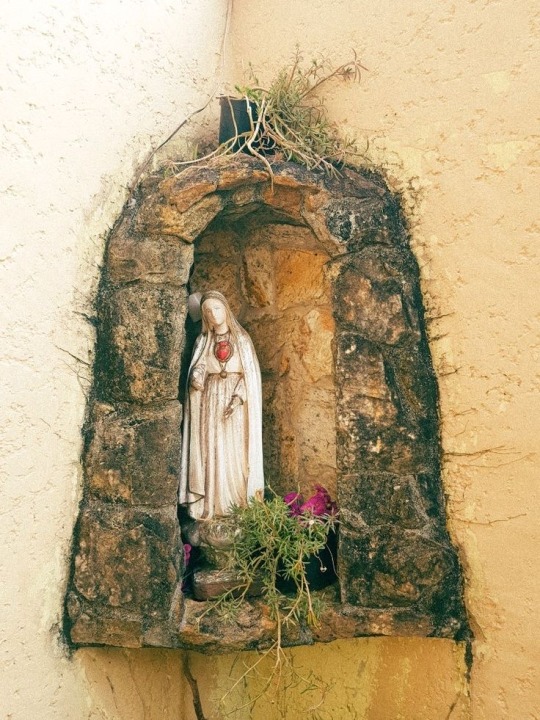Text
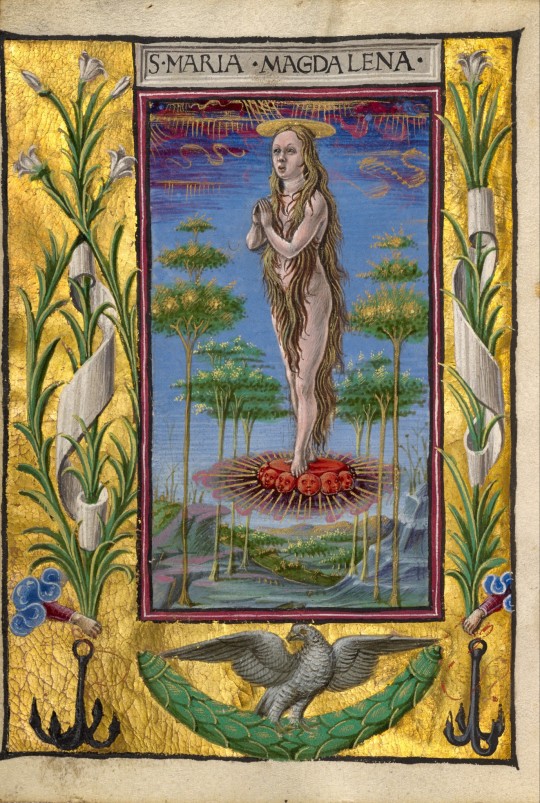
~ Mary Magdalene Borne Aloft.
Artist/Maker: Taddeo Crivelli (Italian, died ca. 1479, active about 1451-1479)
Date: ca. 1469
Place of origin: Ferrara, Emilia-Romagna, Italy
Medium: Tempera colors, gold paint, gold leaf, and ink.
529 notes
·
View notes
Text

Too disgusted to offer any commentary on this.
2K notes
·
View notes
Text

William Adolphe Bouguereau (French, 1825-1905)
Les saintes femmes au tombeau (The Holy Women at the Tomb or The Three Marys at the Tomb), 1890
1K notes
·
View notes
Text

William Adolphe Bouguereau (French, 1825-1905)
Les saintes femmes au tombeau (The Holy Women at the Tomb or The Three Marys at the Tomb), 1890
1K notes
·
View notes
Text



Christian Wiman, Zero at the Bone: Fifty Entries Against Despair / Keith S. Wilson, from "String Theory", Fieldnotes on Ordinary Love / Anne Michaels, from "Anna", The Weight of Oranges
494 notes
·
View notes
Photo







Pick your aesthetic
Photographer: Thomas Biziouras
Model: Vasiliki Alti
Place: Various locations, mostly Grevená and the nearby regions.
36 notes
·
View notes
Text

Mulata Cartagenera, de Enrique Grau Araújo (1940)
2K notes
·
View notes
Text
Sirens of Greek Myth Were Bird-Women, Not Mermaids
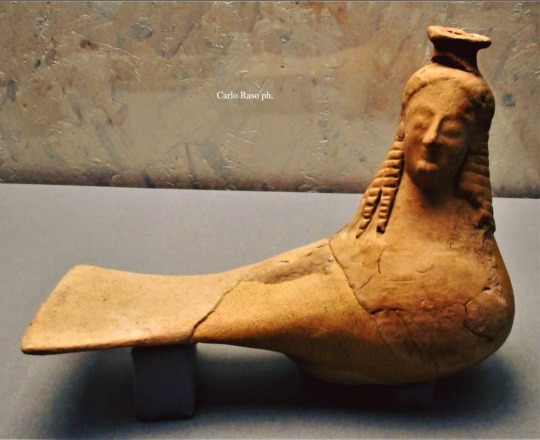
Bottle-askos in the shape of a siren (2nd half 6th century BC) from Locri / Southern Italy's Calabria. National Museum of Magna Graecia (Reggio Calabria, Italy).
In the wine-dark expanse of the Mediterranean Sea, far from the halls of civilization, there was once a small island—or so Homer, the famed poet of Ancient Greece, wrote in his epic The Odyssey. No buildings occupied its flowery meadows; no fisherman worked its shores. Those who passed in their black ships heard only voices, twining over the windless waves, singing a song that promised knowledge of all things. Once they heard it, they were enchanted; they had no choice but to land and seek out the singers. Those who did never left the island; their bodies remained, rotting amid the flowers, for none who heard the Sirens' song could escape it.
The story of the Sirens has inspired writers, poets, and artists for millennia. But somewhere along the way their form was confused. Today, Sirens are almost always represented as voluptuous mermaids, whose beauty and sexuality lure men to their deaths. But the Classical Greeks understood the Sirens differently: as bird-women, creatures that Mediterranean cultures traditionally associated with hidden knowledge.

Sirens first appear in the literary record with the Odyssey (written around 750 BCE) in a segment that’s much briefer than you’d think considering the cultural impact of these mystical, singing creatures. It goes like this: Odysseus, warned by the enchantress Circe of the danger posed by the Sirens’ song, orders his crew to stuff their ears with wax. But, curious to a fault, he has himself bound to the ship’s mast so he can listen without flinging himself into the sea. The Sirens promise him tales of all that had occurred during the war at Troy, and everywhere else besides; enchanted, he begs his crew to release him. He rants, raves, and threatens, but to no avail. His crew sails on until the song fades in the distance, and so saves his life.
Homer doesn’t describe the Sirens’ physical appearance in his epic poem, Wilson says. But in ceramic paintings and tomb sculptures from the time of writing, and centuries after, Sirens were usually depicted with taloned feet, feathered wings, and a beautiful human face. The bird-body of the Siren is significant to Wilson: In the eyes of traditional peoples all across Europe, birds were often graced with an otherworldliness associated with gods, spirits, and omens.

They inhabit the water, the air, and the earth. They’re also associated with song; they have voices that are not human voices, and kinds of movement that are not the same as human kinds of movement.
The Sirens’ role in tomb art is particularly telling. In ancient Mediterranean and Middle Eastern cultures—as far back as 7,000 years ago—birds were often depicted carrying spirits to the underworld. In Southern Italy's Calabria, archaeologists unearthed several Greek askos (unguentary vessel) in shape of sirens, most commonly found in tombs.
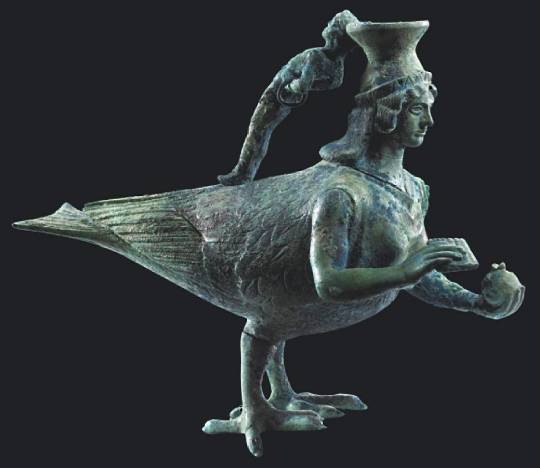
Bronze askos in the shape of a siren (5th century BC) from Crotone, Calabria, Italy - Archaeological Museum of Crotone.
Jump ahead a few millennia to 1,550 BCE, by which time Ba-birds, depictions of departing souls as human-faced birds, began appearing in Egypt. That connection between birds and dead souls seems to have then hopped over to Greece: Writing in the 5th century BCE, the playwright Euripides described the Sirens as at the beck and call of Persephone, one of the rulers of the underworld, while other writers identified the Sirens as rivals and dark echoes of the Muses, those goddesses of creativity.
These are the Sirens the Ancient Greeks would have recognized: bird creatures of the underworld, bridging the human world and what lies beyond. The Sirens—and their fateful songs—then offered a glimpse behind the veil, a chance to hear how earthly glories would echo in eternity. The question of what song the Sirens sing, what is this forbidden knowledge, what's wrong with it, what's the temptation—the text leaves a lot of open space there. Therein lies the seduction.
Yet today, mermaids or beautiful sea nymphs replace the dark, winged Sirens of ancient times.
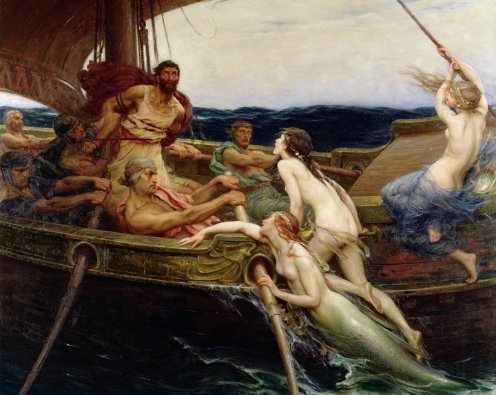
It is during the Middle Ages that the image of the siren began its shift from bird-woman to mermaid . With the transformation of the siren's image, the attributes associated with female monsters shifted. This suggests a change in the traits that were considered monstrous in women. The siren's movement from a frightening bird-woman to a beautiful mermaid represents female beauty becoming monstrous. Throughout the Middle Ages sirens increasingly represented a male fear of female seduction, suggesting a growing fear of female sexuality.
For medieval Christians, sirens were heavily associated with female sin.
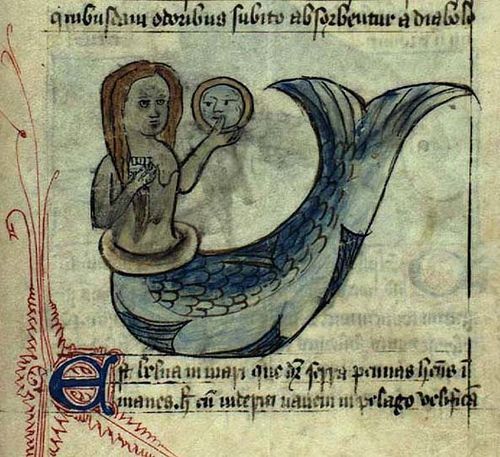
However it happened, the identification of Sirens with mermaids seems to have affected later translations of the Odyssey, and ultimately common knowledge of Sirens. Translators in the 19th and 20th centuries cast the Sirens in a sexualized light. In one prose translation, the Sirens speak of “the sweet voice from our lips,” despite the word στομάτων directly translating to the less sensual “mouths.” Another adds flowery descriptors of “each purling note/like honey twining/from our lips.” But unlike the Odyssey’s other island temptresses, Circe and Calypso, the Sirens get no admiring description of their faces or hair. Only their voice is described, and their field of bones and flowers.

That’s a pretty strong indicator that the Sirens are not meant to be read as offering a sexual temptation. You can kiss lips; mouths devour.
Folklore and mythology move on, given enough time. Today, the Siren is just another word for mermaid, and is likely to remain so. But there’s something richly thematic about the Sirens of Classical Greece that deserves to be remembered: in-between creatures on a lonely island, floating between the boundaries of life and death, and offering an irresistible song of both. Water-temptresses are a dime a dozen; the Sirens offer wisdom.
Follow us on Instagram, @calabria_mediterranea

87 notes
·
View notes
Text

nabil anani, "palestinian folklore," 2020, acrylic on canvas
13K notes
·
View notes
Photo
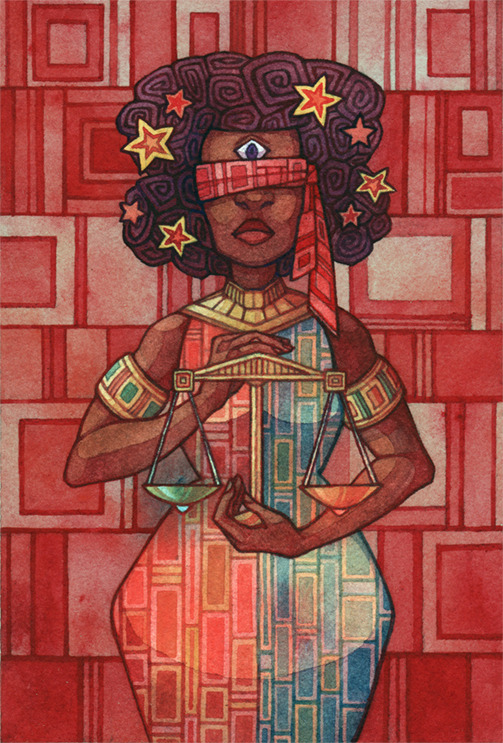
Themis by Jess Schultz
Part 3 of my Crystal Goddesses series. These three will be sold as postcard prints at Special Edition: NYC (first artist alley, woo!).
Here we have Garnet as Themis, goddess of foresight and justice. Hers was second easiest to come up with, and I knew right away I wanted to do a kind of “justice is blind” thingy. There were so many squares in this thing. So many squares.
So all three are now complete! Being a bit pressed for time, I could only do the three gems. Maybe in the future I will have Rose Quartz as Aphrodite and Steven as Eros. We shall see~
Pearl as Athena
Amethyst as Persephone
13K notes
·
View notes
Text
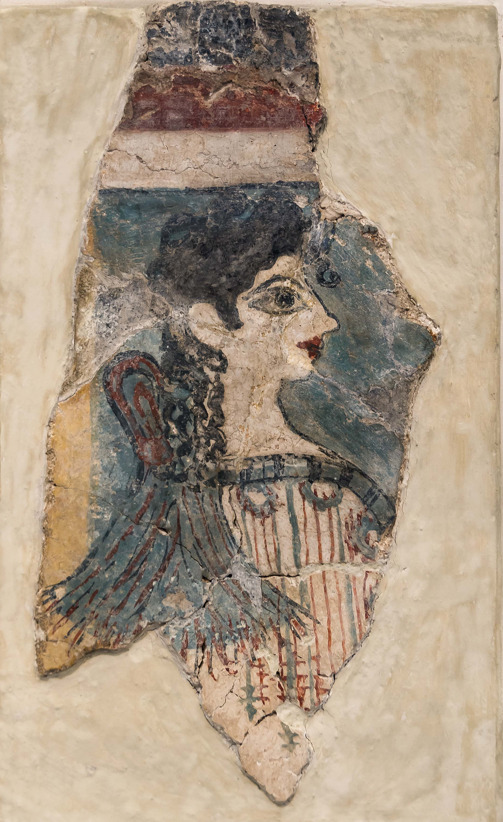
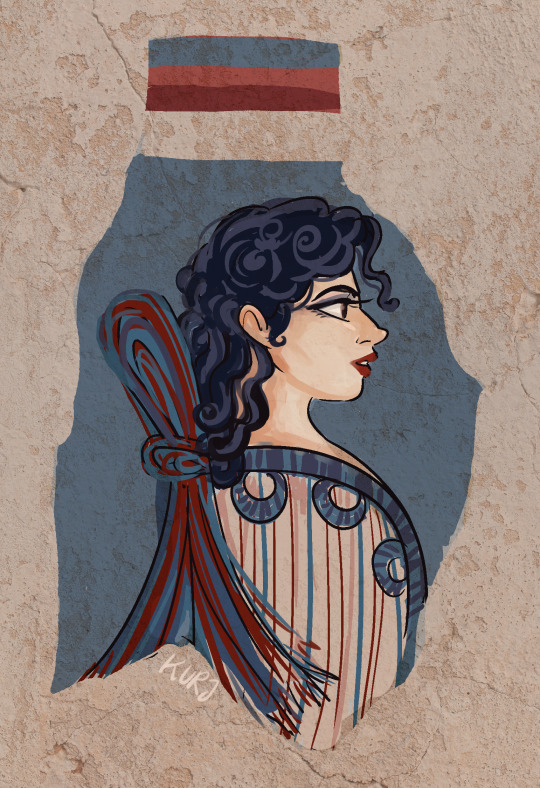
i often think about bringing the minoan fresco women back to life through drawing
La Parisienne / Minoan Lady / Camp Stool Fresco -> my drawing
1K notes
·
View notes
Photo

Temple of Isis, Egypt, early 20th century
18K notes
·
View notes
Text
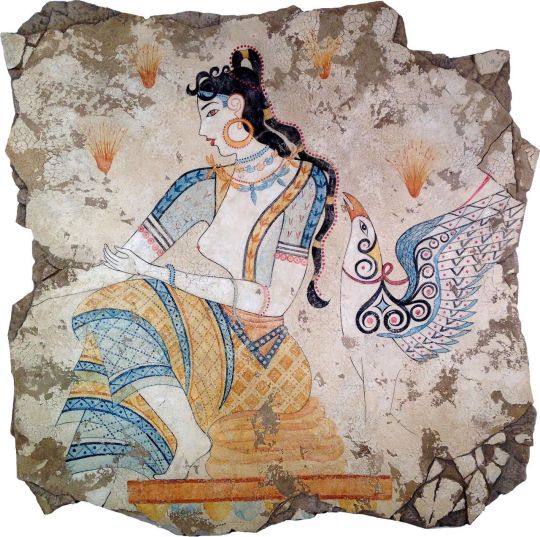
The Saffron Goddess (1600 B.C.) is a detail from a Minoan fresco depicting a saffron harvest, Akrotiri, Santorini island, Greece
7K notes
·
View notes
Photo


Tatiana Blass, Penelope, wife of Odysseus
41K notes
·
View notes



